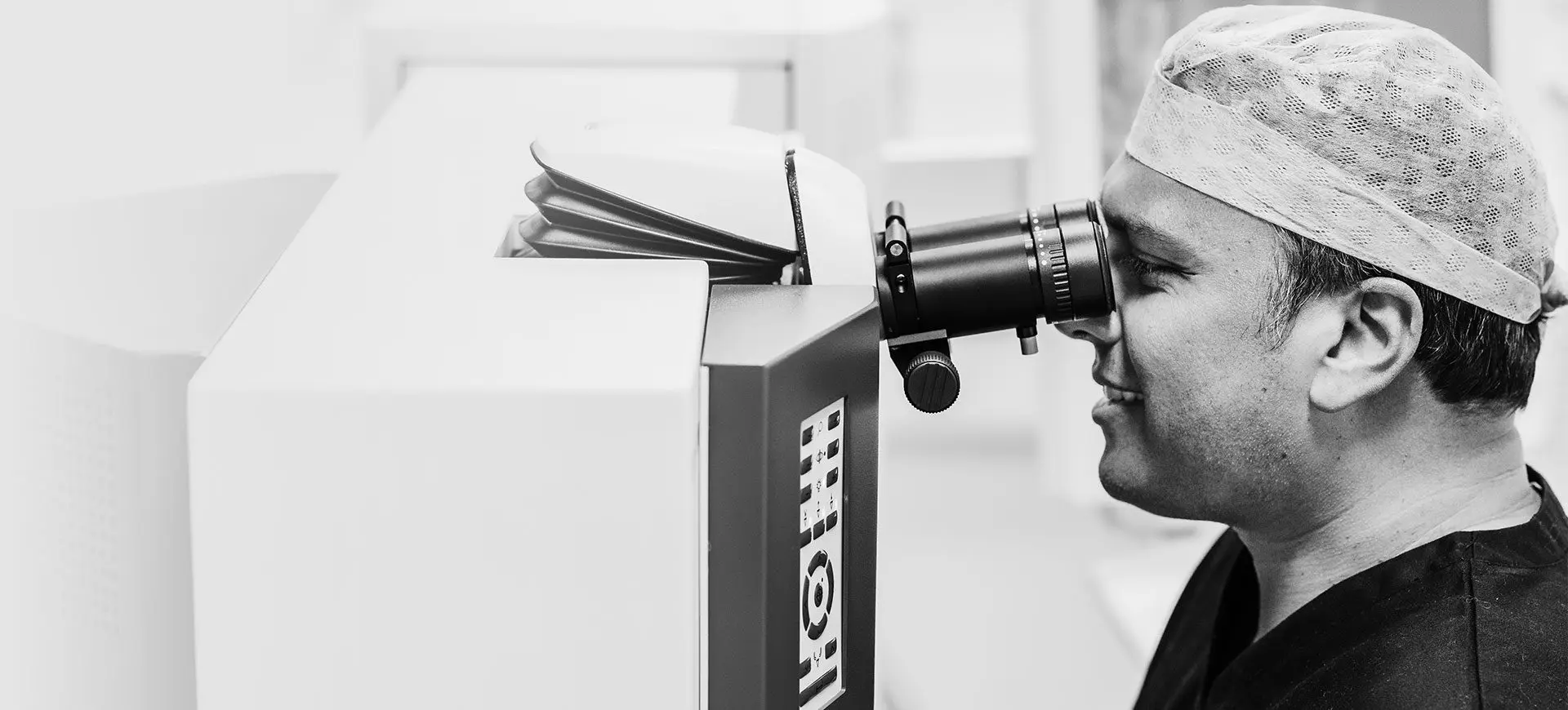Treatments
LASEK
The LASEK procedure involves preserving the extremely thin epithelial layer by lifting it from the eye’s surface before laser energy is applied for reshaping. After the LASEK procedure, the epithelium is replaced on the eye’s surface.
This is known as ‘surface’ laser, and is safer if your corneas are too thin or too steep for LASIK, or when it may be difficult to create a LASIK flap. The success rates for LASEK are very similar to those for the LASIK procedure.
Surface laser treatments do require a longer period of recovery with more discomfort post-operatively than LASIK but are safer for patients with thinner corneas. For therapeutic treatments e.g. following previous surgery, infection or injury, surface laser treatments are often preferred to LASIK.
Book a Consultation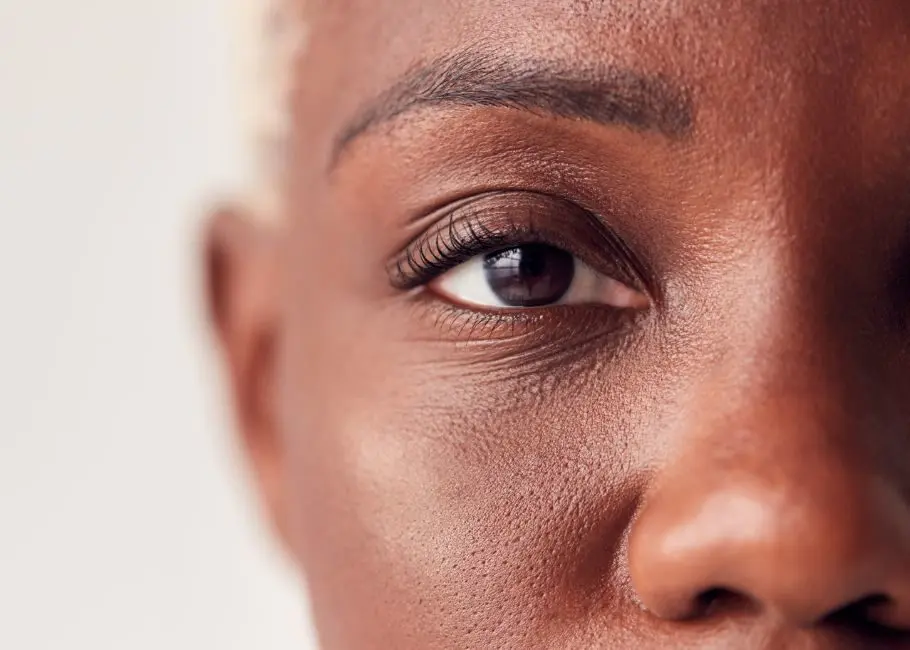
At a glance
Treatment Time
30 minutes
Treatment Anaesthesia
Eye drops
Treatment Downtime
Discussed at consultation
Treatment Frequency
Permanent
Treatment Results
Improved vision
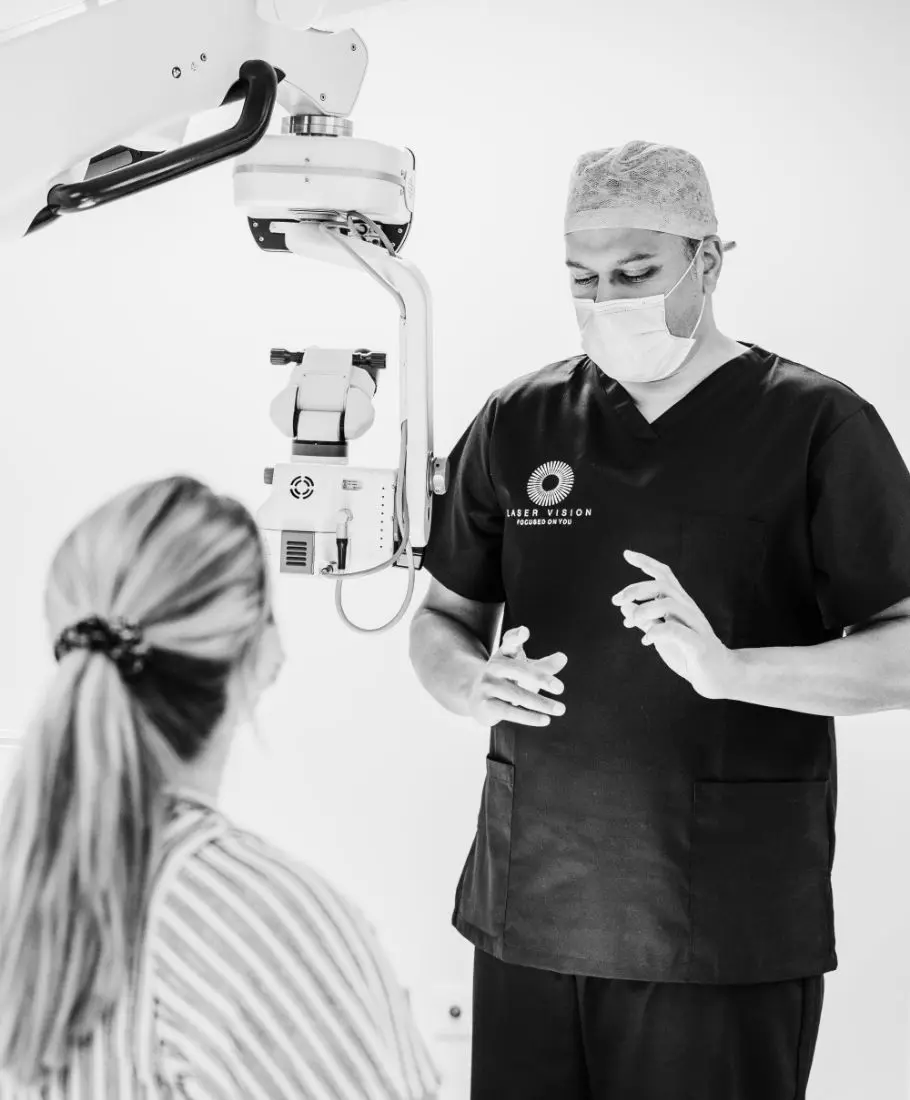
Treatment
Frequently asked questions
What happens during my Lasek procedure?
A ring is placed over the treatment zone of the cornea and a solution is applied that allows the surface layer of cells to be gently lifted and folded to one side. The laser is then applied to reshape the cornea. The treatment zone is then inspected and a decision is made as to whether the cornea will heal more quickly and comfortably with the surface cells replaced (LASEK) over the treatment zone or removed and allowed to fully regenerate (PRK). In both treatments a protective contact lens is placed on the eye to minimize post-operative discomfort and eye drops are used to prevent infection and keep the eye comfortable during the healing period.
What are the post treatment considerations?
Vision improves over the week following treatment and is reasonably stable after a month, although it can take up to three months for the best visual quality to be achieved.
What is Supralase?
SupraLASE™ is a surface laser procedure that uses a technologically advanced excimer laser to remove the surface cells before performing the reshape of the cornea to treat myopia and astigmatism.
By using a technique in which the eye is treated from beginning to end with lasers, this treatment is a ‘non touch’ treatment.
SupraLASE™ provides what many people have been waiting for: the ideal combination of visual excellence and consistent safety with all laser techniques but without the LASIK flap creation.
Price
From £ 1950
Testimonials
What our patients say...
Dear Rakesh, Thank you so much for all your help and guidance. Your knowledge and expertise has been invaluable. Both myself and my family are enormously grateful for this life changing procedure.
Patient, Nuffield Health Guildford Hospital
I am truly delighted with the service I have received with LaserVision. Everything was very well explained. My vision is now fantastic and no more glasses or contact lenses! Thank you all
Patient, Manchester Royal Eye Hospital
Treatments
Related Treatments
Treatment
LASEK
The LASEK procedure involves preserving the extremely thin epithelial layer
View Treatment
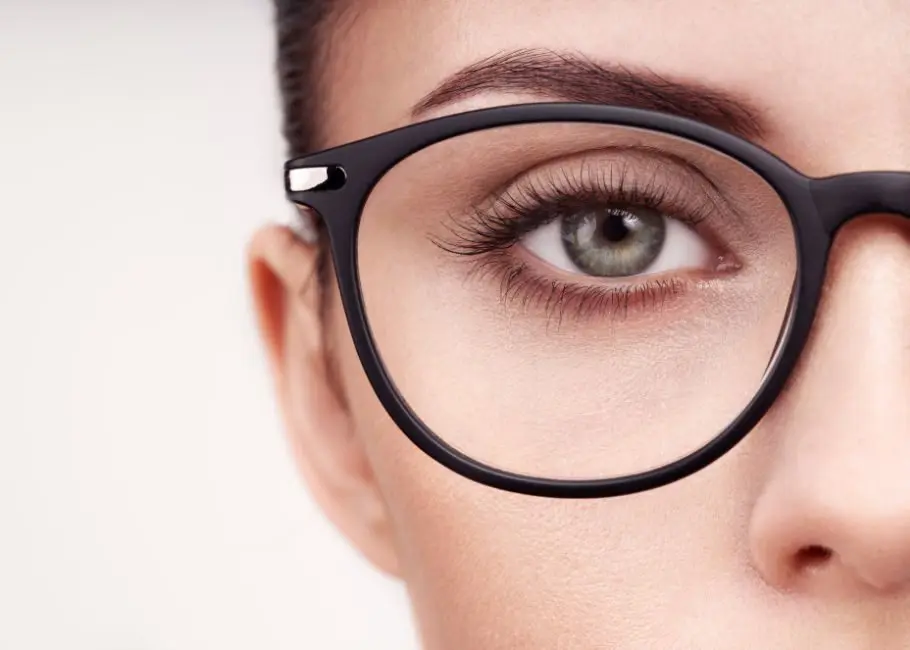
Treatment
LASIK
LASIK has become most common form of laser vision correction in the world.
View TreatmentTreatment
Cataract Surgery
Cataract surgery is one of the oldest surgical procedures recorded
View Treatment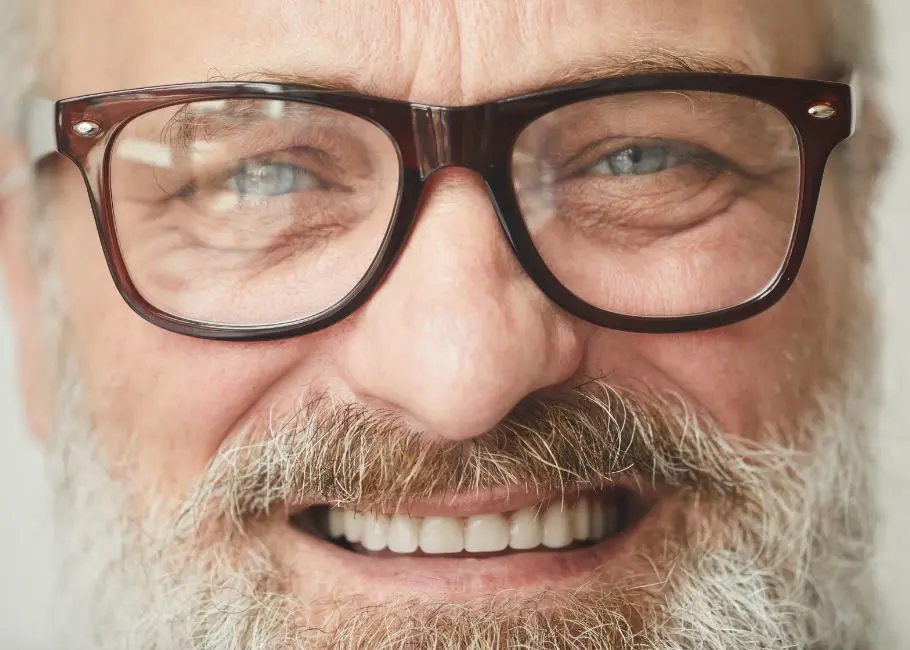

Treatment
LASEK
The LASEK procedure involves preserving the extremely thin epithelial layer
View Treatment
Treatment
LASIK
LASIK has become most common form of laser vision correction in the world.
View Treatment
Treatment
Cataract Surgery
Cataract surgery is one of the oldest surgical procedures recorded
View Treatment